Murphy & Dittenhafer Architects’ work on the second floor included designing two flexible classrooms that greeted York College students to the Center for Community Engagement as they returned for the fall semester.
For more than 100 years, the Lafayette Club in York was where business leaders gathered to socialize, strategize, and relax. The Classic Revival structure at 59 E. Market St. was a reflection of a robust business community in an earlier era, featuring a grand staircase, fine wood trim, and a bank of interior phone booths under the stairs.
The club closed in 2012, and an anonymous buyer donated it to York College of Pennsylvania in 2015. The longtime site of business engagement would become the College’s Center for Community Engagement, a place for specialized classes and downtown public events.
York College turned to Murphy & Dittenhafer Architects to come up with an overall plan for the structure. Architect Ryan Shank and Principal Frank Dittenhafer has been involved in its renovation from the start, and with the latest designs, for two flexible classrooms on the second floor, greeted students as they returned for the fall semester on Aug. 26.
Employing creativity
“A real cool feature is that in the basement there was a bowling alley,” Shank says. “We had it cut into sections and stored for use in this area.”
Retaining the lines and markings on the pieces of alley flooring, a contractor fashioned them into work tops and tables for the two new classrooms.
“It probably will be the most standout feature of those rooms,” Shank says.
One of the new classrooms had been the Lafayette Room, a dining area. Like other parts of the building when the architectural firm came onboard, it had suffered from neglect.
“It was in very bad shape with a lot of water damage,” Shank explains.
Two other Lafayette Club rooms at the north end on that floor that likely had been meeting or card rooms were known as the “Red Room” and the “Blue Room” — so named because of the color of their wallpaper and carpet.
“We combined them to make one classroom,” Shank says. “We called it the Purple Room.”
M&D’s designs to complete the second floor included refinishing a wood staircase and adding accessible restrooms. That level also has offices for the center’s director and a conference room, which were renovated earlier.
Preserving historic touches
The four-story building was constructed in 1839 as the home of P.A. Small, one of York’s most successful merchants of the time. Shank describes it as a small house with several additions and many historic features.
“We tried to keep as much intact as possible,” he says. “We restored and refinished wood floors, the grand staircase was painted, and we cleaned up handrails. We tried to keep as much wood trim where we could.”
Previously the two phone booths under the stairs were redesigned into coat closets. The many existing coat closets were also transformed into display cases for artwork and artifacts from the College.
The earlier modernization included adding an elevator, fire alarms, and a sprinkler system, and changing the point of entry.
All of the work sprang from Murphy & Dittenhafer’s first look at the building, parts of which Shank says were in decent condition, though most of it was in disrepair.
“As part of conducting a feasibility study for York College, we looked at options for the entire building and came up with a master plan,” he says. “We designed all four floors and got pricing.”
The College elected to renovate the building in phases, starting with the basement, then the first floor and part of the second floor.
The refurbished former basement houses a brand-new commercial kitchen and food lab where, since 2016, York College Hospitality Management majors learn to operate a restaurant. The first floor has a repurposed bar and restaurant space, two parlors, display cabinets, a room for luncheons and meetings, a banquet room, and a mural room with scenes of York life in the 18th century.
Those renovated rooms opened in 2017.
An expanded presence
The center is one step away from a total makeover. Only the third floor, which will house offices and a large classroom, has yet to be renovated. Demolition on that floor is finished, but there is no timetable for construction.
That work will complete the structure’s evolution from a home for an early entrepreneur to a monument to local business success and finally to York College’s center-city location for adult education, community gatherings, art displays, and lectures.
“It’s their downtown presence,” Shank says of the College, whose campus is just south of the city.
Along with Marketview Arts, which has studios and classrooms for Fine Arts and Graphic Design majors and galleries for large exhibitions, the College has established a distinct footprint in York city. Murphy & Dittenhafer helped the school take both of those steps, having also redesigned the arts center, across from Central Market.













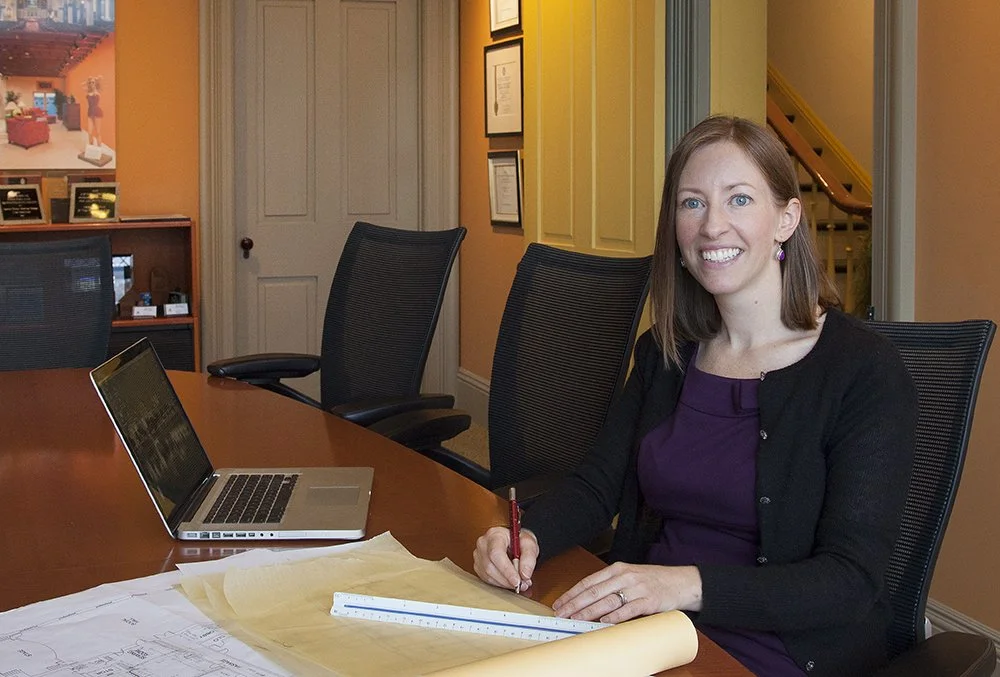







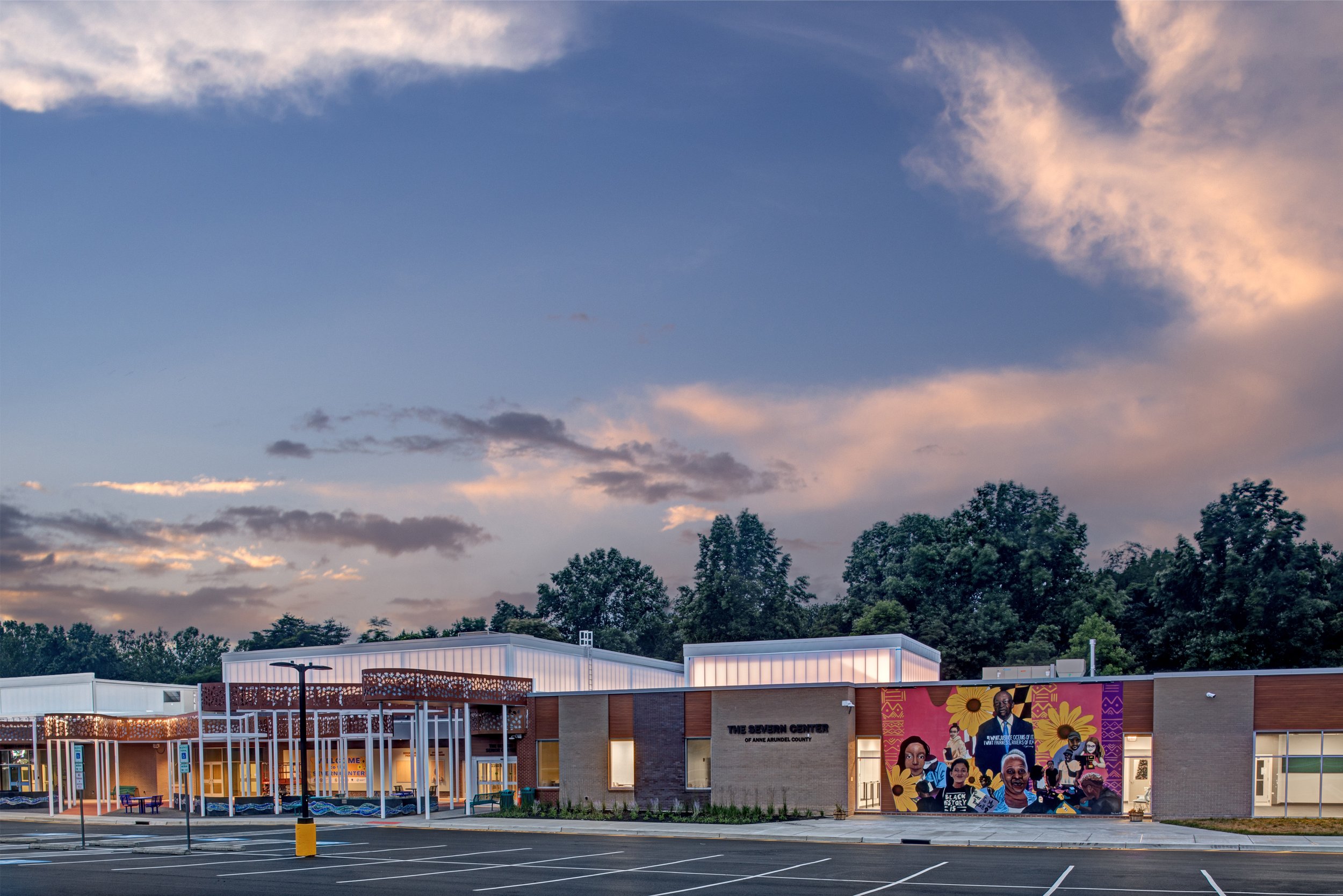


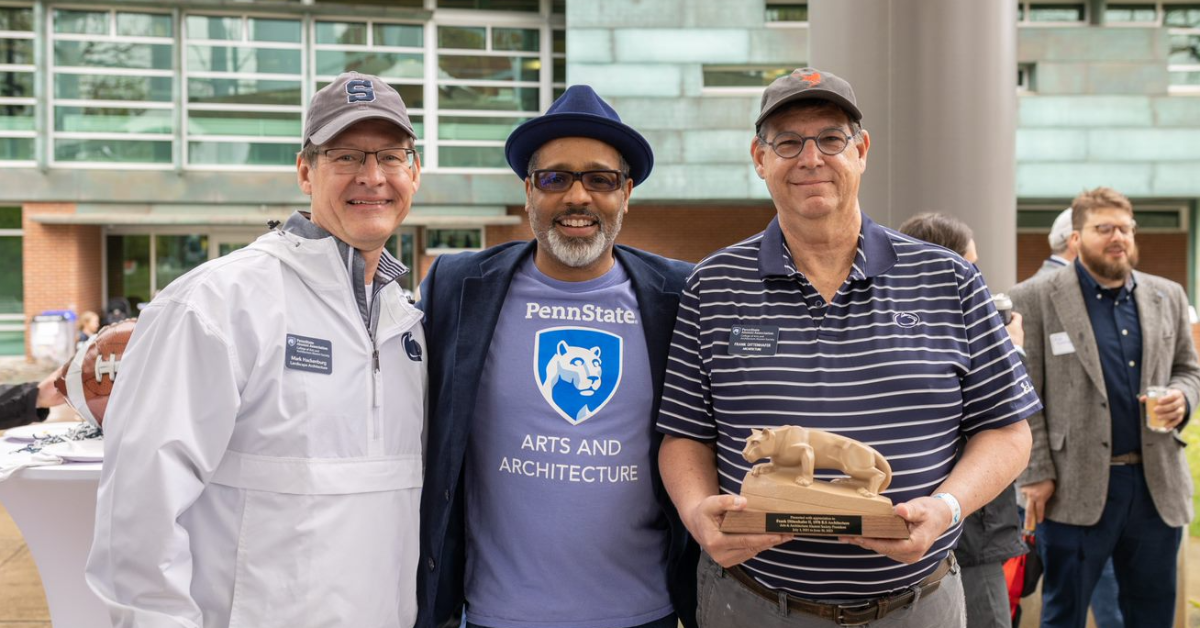
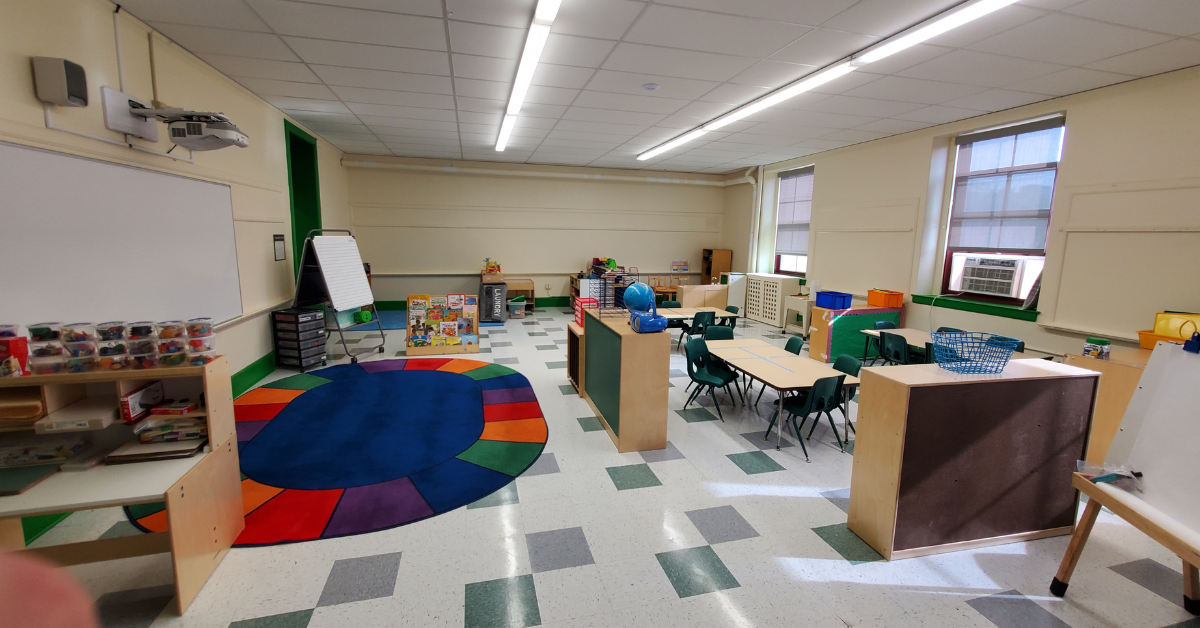
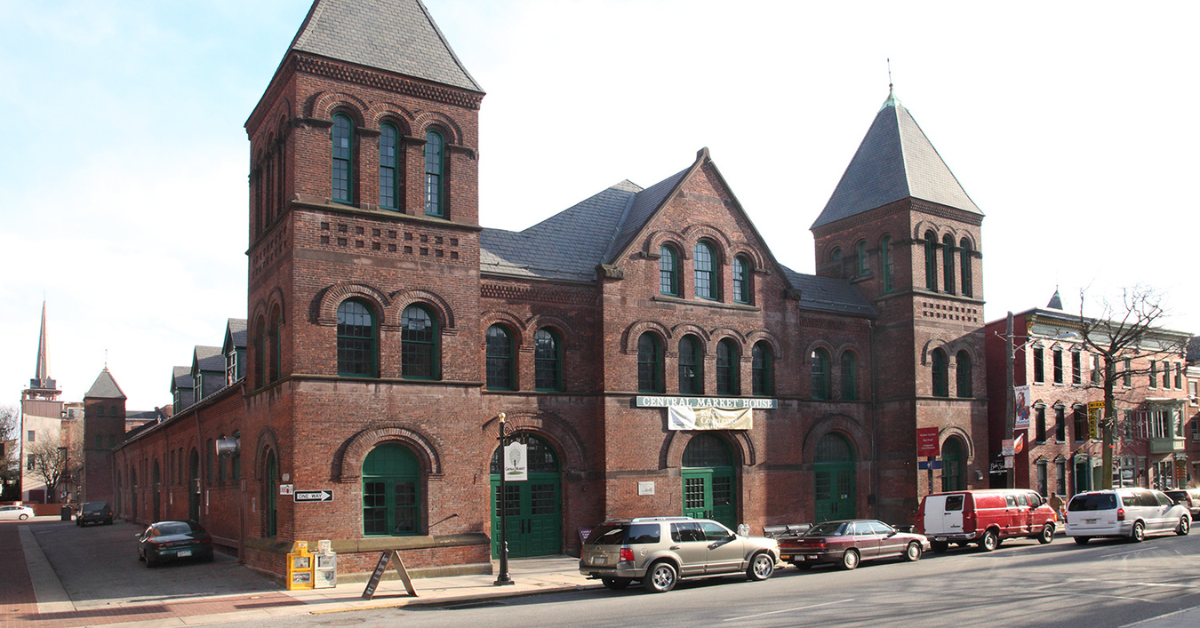









Harford Community College’s expanded new construction Chesapeake Welcome Center is a lesson in Architectural identity